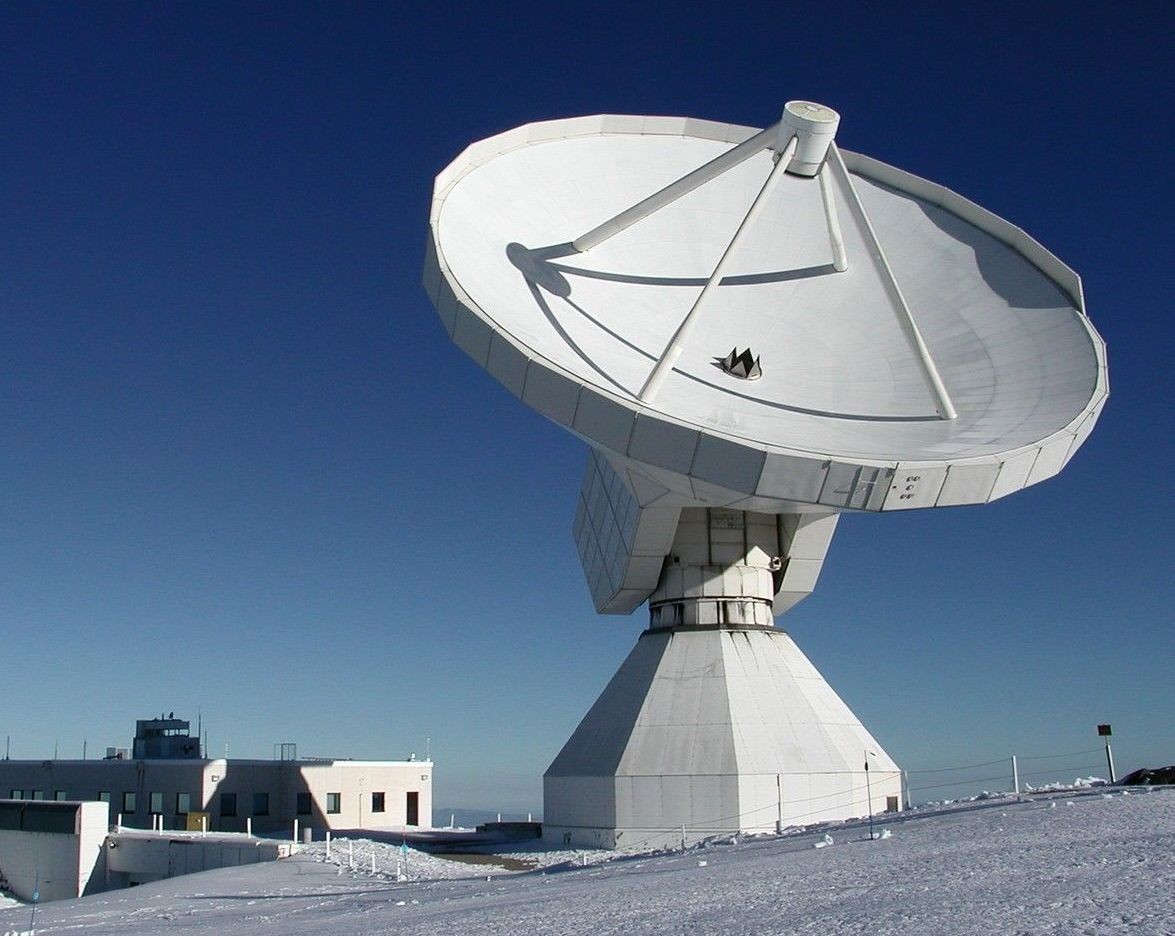It is with this instrument that a team observed for the first time in 1973 the radio emission of the OH molecule of comet C/1973 E1 Kohoutek, at 18 centimeters wavelength. Since then, this program has expanded to study 60 comets. The radio observations of OH are much easier than those of the emission of the same molecule in the ultraviolet from the ground or even from space vehicles. OH is a product of the decomposition by solar ultraviolet radiation of the water vapor that is emitted by the comet, whose direct observation was not possible until recently. Observing OH thus provides an indirect measure of the amount of water vapor expelled by comets and of its variation with their distance to the Sun. As water (in the form of ice) is the main constituent of a comet’s nucleus, this measure is particularly interesting.
Subsequently, many other molecules were discovered by radioastronomers in the head and tail of comets. Among them, hydrogen cyanide HCN in 1985 with the 30-meter diameter antenna of the Institute of Radio Astronomy at Millimeter wavelengths (IRAM), just installed near Granada, Spain. Many other molecules were discovered, particularly “parent molecules” that are not observable with telescopes in visible light. These molecules, of which H2O is the most abundant, are those directly degassed by the comet nucleus. They are broken or ionized by ultraviolet radiation from the Sun soon after their ejection, creating “daughter molecules.” The table from J.Crovisier lists the parent molecules observed in comets in 2014, mainly in the comet C/1995 O1 Hale-Bopp. Others have since been observed by the Rosetta probe in the comet 67P/Churyumov-Gerasimenko (colloquially Chury ).

Le radiotélescope millimétrique de 30 m de diamètre de l’Institut de Radioastronomie Millimétrique, dans la Sierra Nevada en Espagne. Beaucoup de molécules présentes dans les comètes ont été découvertes grâce à cet instrument.
Crédit : IRAM
